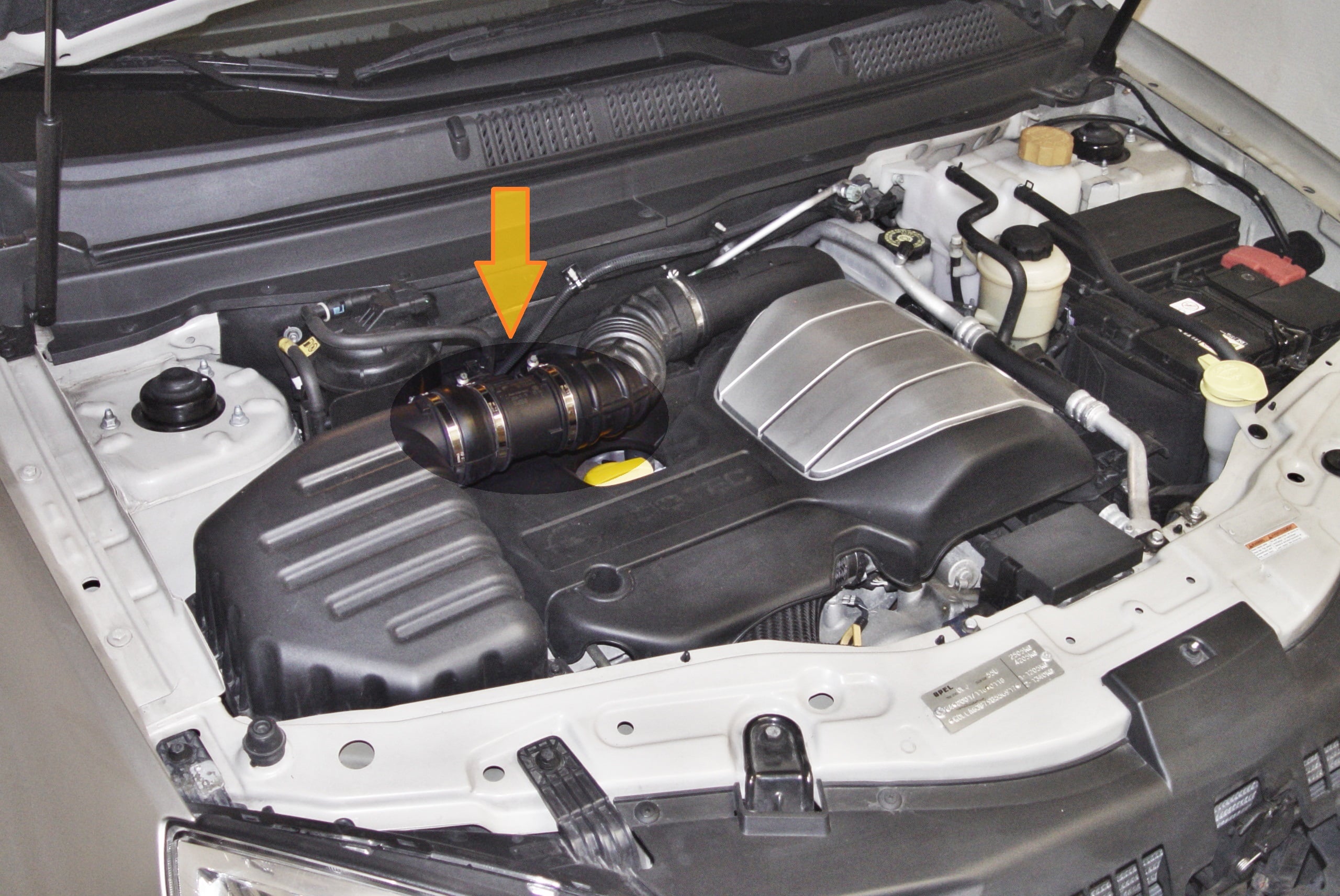Did you know that a faulty Mass Airflow sensor is one of the most common causes of reduced fuel efficiency in modern cars? The MAF sensor is a small yet critical component in modern vehicles. It plays an essential role in ensuring optimal engine performance, fuel efficiency, and emissions control. Understanding how Mass Airflow sensors work and their importance is essential for car owners. Recognizing common issues can help maintain vehicles effectively and avoid costly repairs.
What is a Mass Airflow (MAF) Sensor?
The MAF sensor measures the amount of air entering the engine. This information is sent to the Engine Control Module (ECM), which calculates the appropriate amount of fuel to mix with the air for efficient combustion. The MAF sensor is usually located between the air filter and the intake manifold in the engine bay.
There are two main types of MAF Sensors:
- Hot Wire MAF Sensors: The most common type, which uses an electrically heated wire. As air passes over the wire, it cools down, and the ECM measures the current needed to maintain the wire’s temperature.
- Vane Meter MAF Sensors: An older design that uses a spring-loaded flap to measure airflow.
Why is the Mass Airflow Sensor Important?
The MAF sensor isn’t just another component under the hood; it’s integral to how your engine performs. It’s critical for several key reasons:
- Accurate Air-Fuel Mixture: It ensures the right balance of air and fuel for combustion, optimizing engine performance.
- Fuel Efficiency: By providing precise data, it prevents over-fueling or under-fueling, helping save on gas.
- Reduced Emissions: It minimizes harmful emissions by maintaining an optimal combustion process.
- Preventing Engine Damage: A malfunctioning MAF sensor can lead to improper air-fuel ratios, which may harm the engine over time.
While the MAF sensor plays a crucial role in maintaining your vehicle’s performance and efficiency, it’s not immune to issues. Recognizing the symptoms of a faulty MAF sensor can help you address problems early and avoid further damage.
Symptoms of a Faulty MAF Sensor
If you notice any of these signs, it’s important to address the issue promptly to avoid further damage. When the MAF sensor malfunctions, it can cause several noticeable issues, including:
- Check Engine Light: One of the first signs is the illumination of the Check Engine Light on the dashboard.
- Rough Idle or Stalling: An incorrect air-fuel mixture can cause the engine to idle roughly or stall.
- Decreased Fuel Efficiency: A bad MAF sensor can lead to inefficient fuel consumption.
- Loss of Power: The vehicle may experience hesitation or reduced acceleration due to improper fuel delivery.
- Increased Emissions: A faulty sensor can cause the engine to run rich or lean, increasing exhaust emissions.
Identifying these symptoms is the first step in addressing MAF sensor issues. Once you recognize the signs, proper diagnosis and timely repairs are essential to restore your vehicle’s performance and prevent further complications.
Diagnosing and Fixing Mass Airflow Sensor Issues
Diagnosis
Diagnosing MAF sensor issues begins with using an OBD-II scanner. This tool can detect error codes, such as P0100-P0104, which commonly indicate MAF sensor problems. After identifying potential issues with the scanner, a visual inspection is the next step. Look closely at the sensor for signs of dirt, debris, or physical damage. Finally, some mechanics take it a step further by performing airflow tests, which involve specialized tools to assess how well the sensor responds to varying levels of airflow. These diagnostic methods collectively provide a clear picture of the sensor’s condition.
Fixes
Once you’ve pinpointed the issue, cleaning the MAF sensor is often the first solution. Use a dedicated MAF sensor cleaner to remove any dirt or debris, but avoid harsh chemicals that could cause damage. If cleaning doesn’t resolve the problem, inspect the intake hoses for cracks or leaks that might disrupt airflow. If all else fails, replacing the MAF sensor may be necessary. Keep in mind that modern vehicles often require recalibration after a replacement to ensure proper functionality.
Pro Tips for Extending Your MAF Sensor’s Lifespan.
Proactive care can help you avoid unexpected repairs and costly replacements.
- Regular Air Filter Replacement: A clean air filter prevents debris from reaching the MAF sensor.
- Use High-Quality Fuel: Lower-grade fuel can produce more contaminants that might affect the sensor.
- Avoid Aftermarket Intakes: Non-standard air intakes can disrupt airflow readings, leading to sensor issues.
- Inspect Periodically: Include the MAF sensor in routine maintenance checks.
By following these maintenance tips, you can extend the lifespan of your MAF sensor and ensure optimal engine performance. As technology continues to evolve, MAF sensors are becoming even more efficient and reliable, shaping the future of vehicle performance and emissions control.
The Future of Mass Airflow Sensors
With advancements in automotive technology, MAF sensors are becoming increasingly integrated with other vehicle systems. While some manufacturers are exploring alternatives, such as Speed Density Systems that rely on manifold absolute pressure (MAP) sensors instead of MAF sensors, MAF sensors continue to dominate the market. Their widespread use is largely due to their unmatched precision and reliability in optimizing engine performance and efficiency. As these innovations continue, MAF sensors will remain a critical component in the pursuit of cleaner, more efficient vehicles.
Conclusion
The Mass Airflow (MAF) sensor is a cornerstone of modern engine management systems.Whether through routine maintenance or quick troubleshooting, keeping the MAF sensor in top shape ensures your vehicle runs smoothly and efficiently. By prioritizing MAF sensor care, you’ll enjoy better fuel economy, reduced emissions, and a smoother driving experience.
Contact Us
Understanding and maintaining your vehicle’s MAF sensor can save you from costly repairs and ensure smooth performance on the road. If you’re looking for expert advice or assistance with an Electronic Control Unit tailored to your needs? Fill out the form below, and we’ll help you find the perfect solution.
